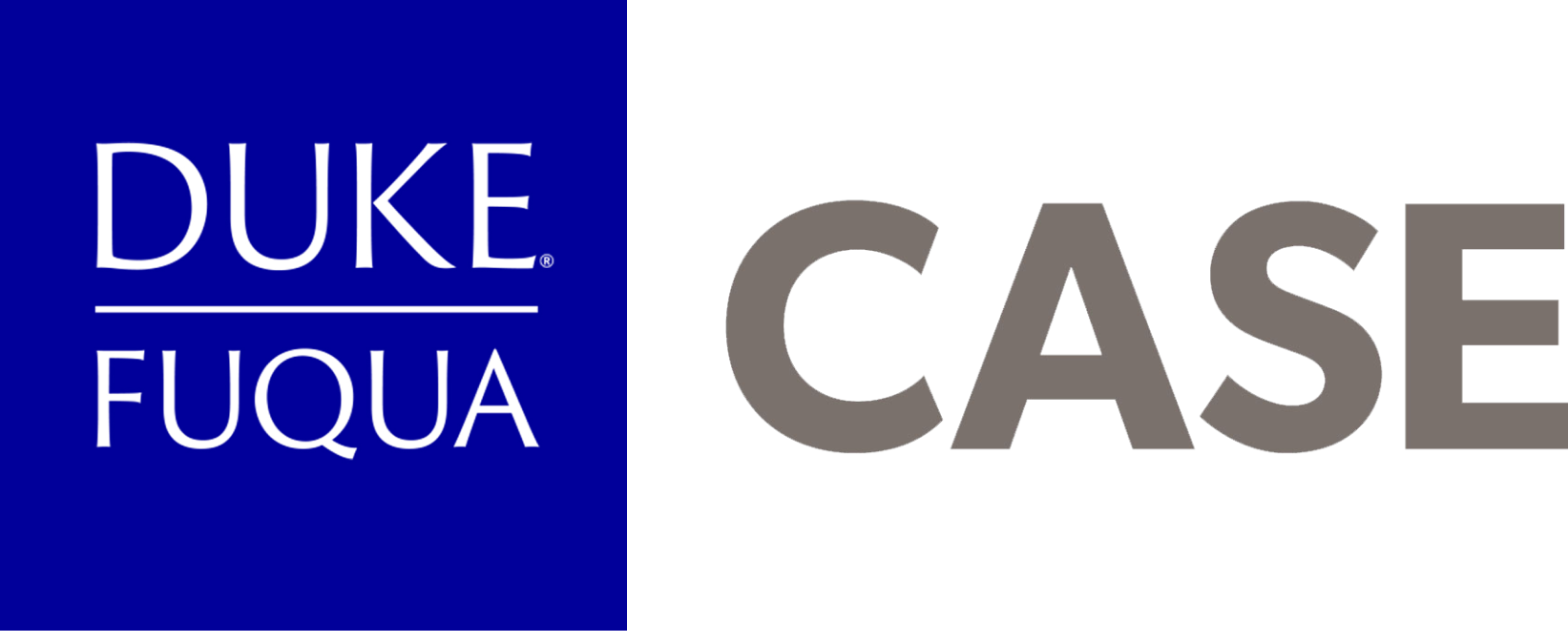This article by Erin Worsham was originally published in September 2013 on Devex Impact – a global initiative by Devex and USAID to provide cutting-edge news and analysis on the intersection of business and development.
At this month’s Social Capital Markets conference, SOCAP13, nearly 2000 social entrepreneurs, investors, foundations, corporate and government representatives gathered to discuss the latest trends in impact investing and how to “build this market at the intersection of money and meaning.” Reflecting on the conversations that I had during the conference, I wanted to share three observations:
Moving from impact investing 1.0 to 2.0
We have come a long way since the initial conversations about impact investing which focused solely on the “what” of impact investing. While there is still ongoing debate about definitions and, as one speaker noted, the “talk to action ratio is still high,” we are continuing to shift away from the 1.0 of “what” to the 2.0 of “how.”
Within this “how” discussion falls the recent provocative debate about the difficulty of achieving both social and financial impact in impact investing (see Stanford Social Innovation Review article by Paul Brest and Kelly Born and responses from industry leaders).
Here at Duke’s Center for the Advancement of Social Entrepreneurship, we believe that there is and has been impact in impact investing and are working to prove it.
CASE’s Cathy Clark, PCV InSight’s Ben Thornley, and Impact Assets’ Jed Emerson recently studied 13 impact investing funds and foundations that manage nearly $3 billion in assets. These funds have seen returns ranging from principle return to concessionary rates to market rates and above, in addition to social and environmental impacts ranging from “helping the poor, connecting the disconnected, promoting health, developing housing and improving education.” (Read more in their Huffington Post op-ed)
Clark, Thornley and Emerson argue that these successes show that “impact investing 2.0” has indeed arrived and that we can learn from and build upon the lessons to understand the “how” of impact investing.
The need for exits and liquidity
In order to truly move impact investing forward, however, investors must have successful exits and liquidity events to prove the financial model while also maintaining mission and impact.
There were many conversations about exits at SOCAP and all agreed that entrepreneurs must start with the end in mind to know what mix of capital makes sense for their particular ventures’ needs.
The traditional venture capital model of equity investments leading to IPOs or acquisitions may not be the right path for some impact investees, as Paul Hudnut articulates in his blog posts about the “original sin of impact investing.”
However, creative solutions are being experimented with to provide entrepreneurs with the appropriate mix of capital – solutions such as royalties, demand dividends (for more on the demand dividend, read Lila Cruikshank’s recent blog post), ESOPs rather than acquisitions, and the growing grassroots capital sourcing (e.g., the Community Investment Note from the Calvert Foundation and crowdsourcing), to name a few.
Capital is not enough
In the end, unlocking capital alone won’t be enough. We must also build the ecosystem and infrastructure to support those investments. Two critical parties that were often discussed were government and corporations.
Government is integral to the success of impact investing. Government has provided support to many leading funds or encouraged others to provide capital through tax credits, mandates, or supportive policies.
In an exciting new development, speakers at SOCAP announced the launch of a new Social Impact Investment Taskforce. Comprised of public and private-sector representatives from the G8 countries, the taskforce will offer recommendations for policy makers and initiatives for the private sector to help accelerate impact investing and lead to “not just aid, not just trade, but investment.”
SOCAP speakers and participants also highlighted the potential of business to have an impact. Paul Polak shared insights from his new book, The Business Solution to Poverty, and discussed the potential of transforming business as usual to reach the 2.7 billion people living on less than $2 a day. Representatives from Unilever, Google, Gap, Levi Strauss and others discussed their own efforts to engage social entrepreneurs and get involved in the impact investing movement.
It was exciting to hear the many perspectives on impact investing at SOCAP and imagine the potential to alleviate poverty and contribute to solutions to social challenges the world over. There is still far to go and SOCAP highlighted the need to balance urgency and patience.
On the one hand, we must take risks and innovate, or in the words of Jean Case, we must “accept that failure is an option but fail fast and fail forward.”
On the other hand, we need to have patience to see our efforts through to scaled impact and learn from the lessons along the way. Reaching this balance of patience and urgency will allow us to find the intersection of money and meaning and truly build out the impact in impact investing.

